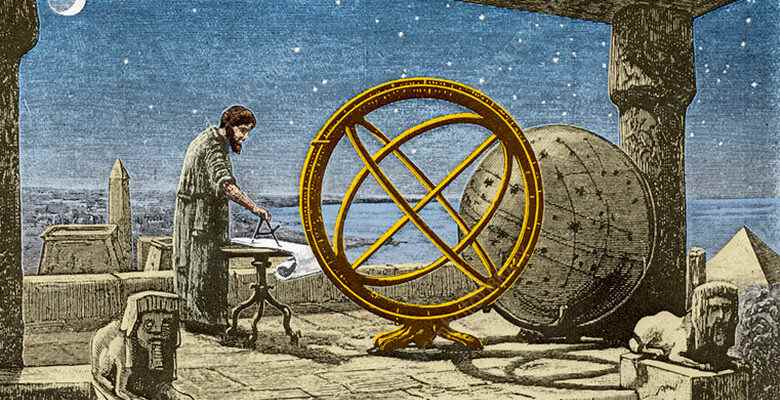More than 2100 years ago, the Greek astronomer Hipparchus mapped the stars. For a long time this map was considered humanity’s first attempt at tracking the stars by numerical coordinates.
The star chart of Hipparchus contains a lot of new information
We knew Hipparchus through another famous astronomer, Claudius Ptolemy. Hipparchus and his works were mentioned in the theses put forward by my famous astronomer. However, it was not known exactly how Hipparchus did these studies because his measurement plans were lost.
Now this is changing. Researchers believe they have found fragments of the lost historical document of Hipparchus in a medieval Greek manuscript. Documents published in History of Astronomy; It could shed new light not only on Hipparchus’ attempt to map the night sky through precise measurements and calculations, but also on the history of astronomy.
Also known as the father of trigonometry, Hipparchus is considered the greatest astronomer of ancient Greece. The famous astronomer’s special scroll is from the Greek Orthodox Saint Catherine’s Monastery in Egypt’s Sinai Peninsula.
Teams from the Early Manuscripts Electronic Library in California and the Lazarus Project at the Rochester Institute of Technology revealed fuzzy texts and measurements using multiple wavelengths of light with a technique known as multispectral imaging.

Researchers from Sorbonne University and Cambridge University were then able to decipher the definitions of the four constellations. Not only did this reveal the map of Hipparchus, the team also noted that the newly emerged numerical evidence is highly consistent with actual stellar coordinates.
While cutting-edge digital technologies continue to save vital pieces of cultural heritage in documents invisible to the human eye due to damage, degradation or deliberate deletion, scientists say the Codex Climaci Rescriptus may reveal more than just Hipparchus stargazing.

Multispectral imaging also revived the earliest known copies of the work of the ancient Greek mathematician Archimedes. This was how the secrets of the Dead Sea Scrolls, historically important Bible fragments recovered from caves in the Qumran region of Israel, were revealed, as well as the secrets of the scrolls damaged in the eruption of Mount Vesuvius.
With the advent of Hipparchus’ own star chart, the history of astronomy could change once again. So what do you think about the star chart of Hipparchus? You can share your views with us in the comments section.

